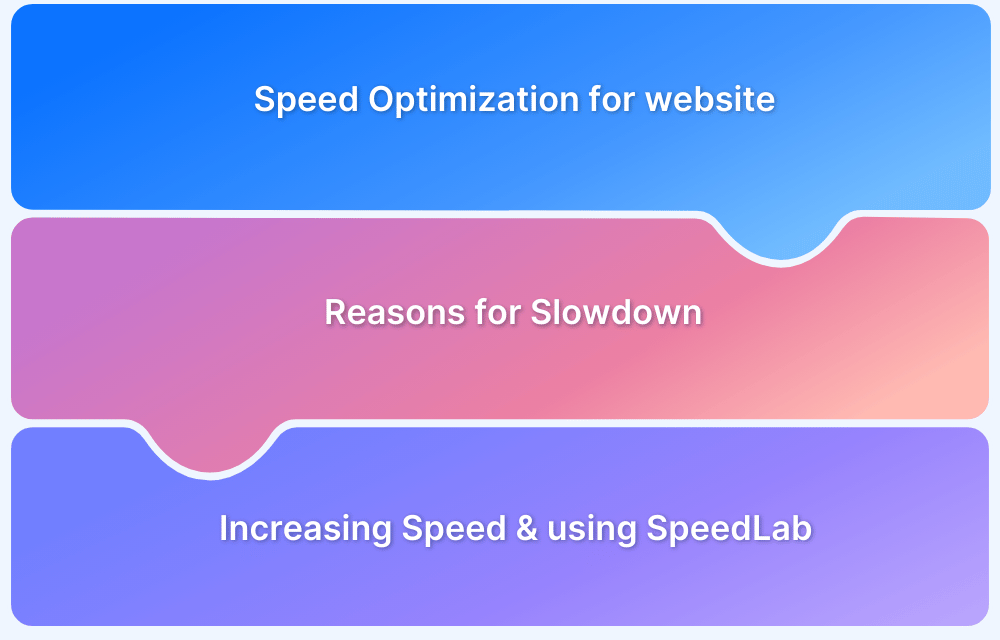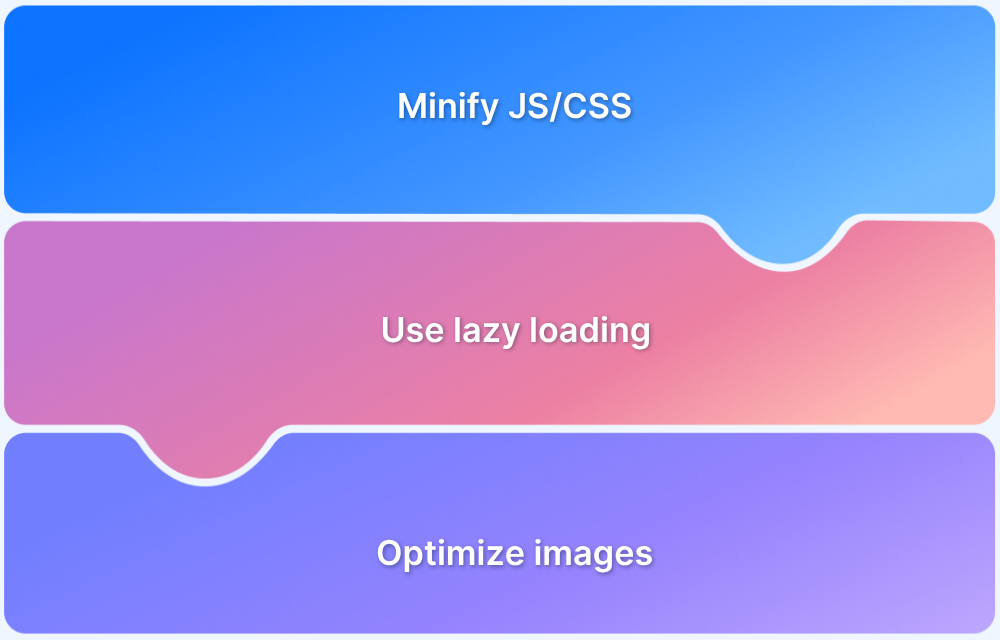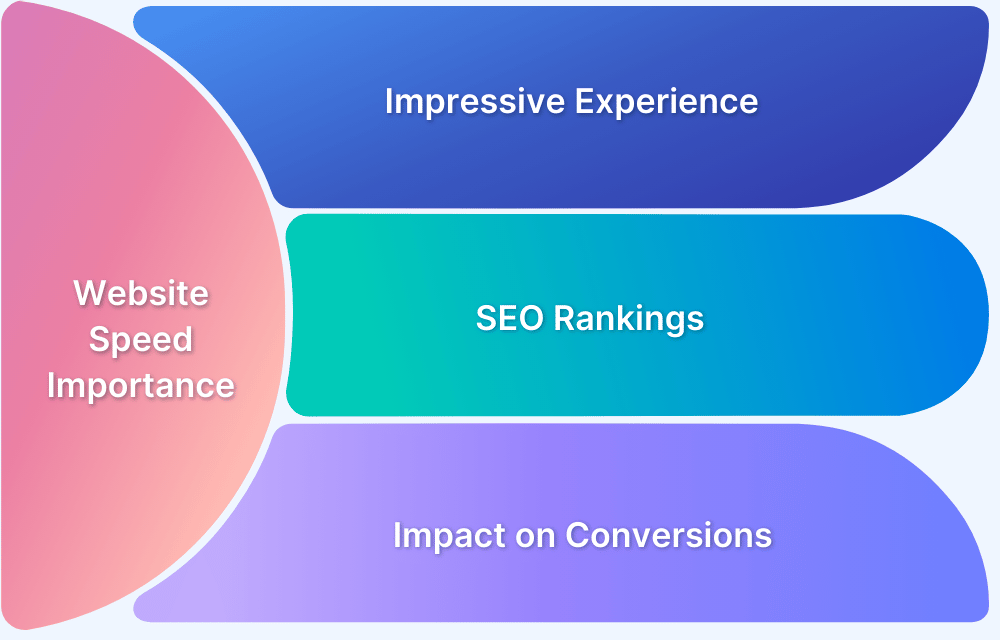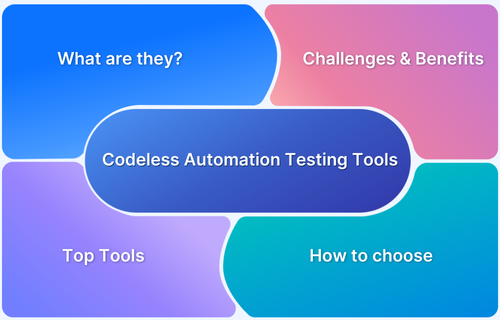First Contentful Paint (FCP) is a critical web performance metric that measures how quickly the first visible content appears on a webpage, directly impacting user experience.
Overview
A fast FCP enhances user experience, reduces bounce rates, and improves SEO.
Factors affecting FCP:
- Server Response Time (TTFB): Slow server response times delay the rendering of content, increasing FCP.
- Render-Blocking Resources: Unoptimized JavaScript, CSS, or font files prevent the page from rendering quickly.
- Large or Unoptimized Images: Heavy images or improper formats (e.g., not using WebP) can slow down FCP.
- External Resources: Requests to third-party services or ads that delay rendering can impact FCP.
- Unoptimized Fonts: Slow loading or unoptimized web fonts can delay content rendering.
- Network Latency: Geographic distance between the user and the server can increase the time it takes for content to load.
- JavaScript Execution: Large or complex JavaScript files can block the rendering of visible content.
- Critical CSS Loading: Failing to inline or defer non-essential CSS can delay the display of first content.
This article explores the factors that impact FCP and offers strategies for optimizing it to enhance overall website performance.
Understanding FCP
First Contentful Paint (FCP) is a user-centric web performance metric that measures the time it takes for a browser to render the first visible element in the Document Object Model (DOM) after a user navigates to a page. This element can be text, images, SVGs, or other non-blank canvas elements, giving users their initial feedback that the website is loading and responding to their request.
A fast FCP reassures users that something is happening, immediately improving their perception of site speed and responsiveness. FCP is distinguished from First Paint (FP), which merely tracks the appearance of any pixel change; FCP focuses specifically on meaningful content, marking the first moment users receive visual confirmation that the site is functioning.
Best practices recommend aiming for an FCP score of 1.8 seconds or less. Achieving a fast FCP is critical for user experience, engagement, reduced bounce rates, and higher conversion rates, making it a foundational metric in Google’s Core Web Vitals and overall website performance strategy.
Why First Contentful Paint Matters for User Experience
First Contentful Paint (FCP) is a critical web performance metric because it marks the very first moment users see content appear on a webpage, indicating that their request is being processed and the site is responsive.
Key reasons why FCP matters for user experience include:
- Sets user expectations by providing instant visual feedback, assuring visitors that the website is loading.
- Reduces perceived wait time and decreases frustration, leading to greater user satisfaction.
- Directly impacts bounce rates, as users are more likely to stay if they see content quickly, slower FCP can cause visitors to abandon the site.
- Improves conversion rates and engagement, since faster visible content correlates with higher willingness to interact and complete goals.
- Influences overall brand perception, with faster FCP building trust and positive impressions of reliability.
A website that prioritizes FCP ensures a smoother, more enjoyable browsing experience, ultimately driving better retention and business outcomes.
SEO Significance of FCP
FCP plays an important role in SEO as it is closely connected to user experience and page speed, both critical criteria in Google’s search ranking algorithms.
Key SEO impacts of FCP include:
- Google’s Algorithm: Google considers FCP as a signal for site speed and user experience, and emphasizes improving FCP for better rankings, especially as part of the Core Web Vitals initiative.
- Bounce Rates: Fast FCP helps lower bounce rates, while slow FCP can cause users to leave before engaging, negatively affecting rankings.
- Indirect Ranking Improvements: Improving FCP often boosts Largest Contentful Paint (LCP), a key Core Web Vital and direct ranking factor, as LCP cannot be faster than FCP itself.
- Engagement Metrics: A faster FCP means users are more likely to interact with content, improving engagement metrics favored by search engines.
- Competitive Benchmarking: Websites with fast FCP times often outrank competitors with sluggish load speeds, gaining improved visibility and organic traffic.
Read More: Top 15 Ways to Improve Website Performance
Common Factors that Affect FCP
First Contentful Paint (FCP) can be influenced by various elements that impact how quickly the browser can display the first meaningful content on a webpage. Understanding these factors is essential to effectively optimize FCP and improve user experience. Key factors include:
- Server Response Time: Slow server responses delay the initial delivery of resources required for rendering, directly increasing FCP time.
- Render-Blocking Resources: CSS and JavaScript files that block the rendering process prevent the browser from painting visible content quickly.
- JavaScript Execution: Excessive or heavy JavaScript execution can delay FCP because the browser needs to parse and execute scripts before rendering content.
- Image Optimization: Large, uncompressed, or improperly formatted images take longer to load and display, slowing down the time to first visible content.
- Font Loading: Web fonts that are slow to load cause invisible text or “flash of invisible text,” pushing back the appearance of meaningful content.
- Excessive Network Requests: Many HTTP requests to load resources increase the time to download critical assets, delaying FCP.
- Caching: If caching mechanisms aren’t leveraged correctly, browsers must retrieve all resources from the server on each request, increasing load times and FCP.
- Complex DOM Structure: A large and deeply nested DOM takes more time for the browser to parse and render, impacting how soon the first content appears.
Best Practices to Optimize FCP
Optimizing First Contentful Paint (FCP) is key to improving perceived page load speed and user experience. Here are proven best practices to reduce FCP time and make content visible faster:
- Reduce Server Response Time (TTFB): Ensure your server responds quickly by using fast hosting, Content Delivery Networks (CDNs), and minimizing redirects to cut down the time it takes to get the first byte.
- Eliminate Render-Blocking Resources: Minimize or defer CSS and JavaScript files that block rendering. Generate critical path CSS and inline it to prioritize above-the-fold content.
- Avoid Lazy Loading Above-the-Fold Images: Lazy loading delays image rendering with JavaScript, which can push back FCP. Only lazy load images below the fold to optimize load times.
- Optimize and Inline Critical Images: Compress images using modern formats, specify dimensions, and inline small images to speed up initial rendering.
- Minimize JavaScript Execution: Reduce heavy or unnecessary JavaScript above the fold, as script parsing and execution delay rendering.
- Optimize DOM Size: Smaller, simpler DOM structures render faster. Avoid deeply nested or excessive DOM nodes.
- Use Efficient Font Loading Strategies: Ensure text remains visible during font loading using font-display CSS, preload fonts, and avoid invisible text during web font fetch.
- Use Resource Hints: Preload and preconnect critical assets to prioritize key resource fetching for faster rendering.
- Enable Caching: Use browser and server caching to reduce repeated requests, cutting load time in subsequent visits.
- Avoid Multiple Page Redirects: Redirects increase load time; minimize or eliminate them to speed up initial content painting.
Optimize FCP Using BrowserStack Website Scanner
BrowserStack Website Scanner is a comprehensive, no-code tool designed to help you track and optimize key performance metrics, including First Contentful Paint (FCP) and other Core Web Vitals. It scans your entire website or specific pages via sitemap upload, delivering detailed reports that provide granular insights into site speed and visual stability.
With BrowserStack Website Scanner, you can:
- Access in-depth, URL-level reports on FCP scores and Core Web Vitals, filtered by device and severity to prioritize optimization efforts.
- Schedule periodic scans – daily, weekly, or monthly – to automatically monitor your site’s health and receive timely alerts via Slack, Teams, or email.
- Scan protected pages with authentication and staging environments to catch issues early before production.
- Benefit from actionable insights that help identify render-blocking resources, server delays, and other factors affecting FCP.
This tool empowers teams to proactively improve user experience and SEO performance by simplifying the monitoring and optimization of page load speed and visual stability, all without the need for coding or complex setup.
Conclusion
First Contentful Paint (FCP) is a pivotal web performance metric that directly impacts user experience, engagement, and SEO rankings. By measuring the time it takes for a webpage’s first meaningful content to appear, FCP serves as a clear indicator of how quickly users perceive a site to be loading.
Optimizing FCP involves addressing several key factors such as reducing server response times, eliminating render-blocking resources, optimizing images and fonts, minimizing JavaScript execution, and simplifying the DOM structure. Implementing these best practices not only enhances FCP but also contributes to overall faster page load times and better user satisfaction.
Furthermore, tools like BrowserStack Website Scanner can help monitor, analyze, and optimize FCP along with other Core Web Vitals, allowing teams to maintain high-performing websites with actionable insights and automated reporting.









